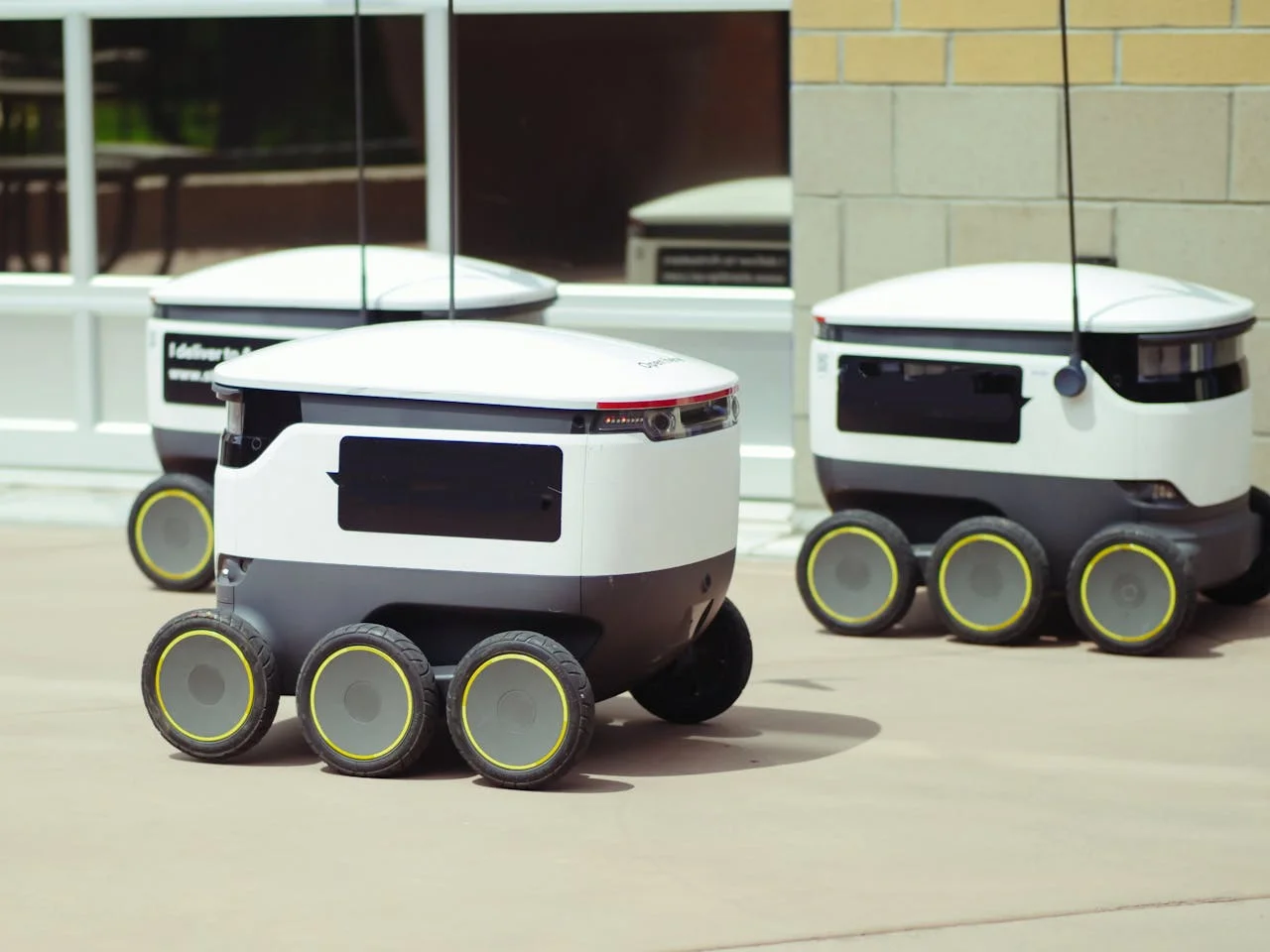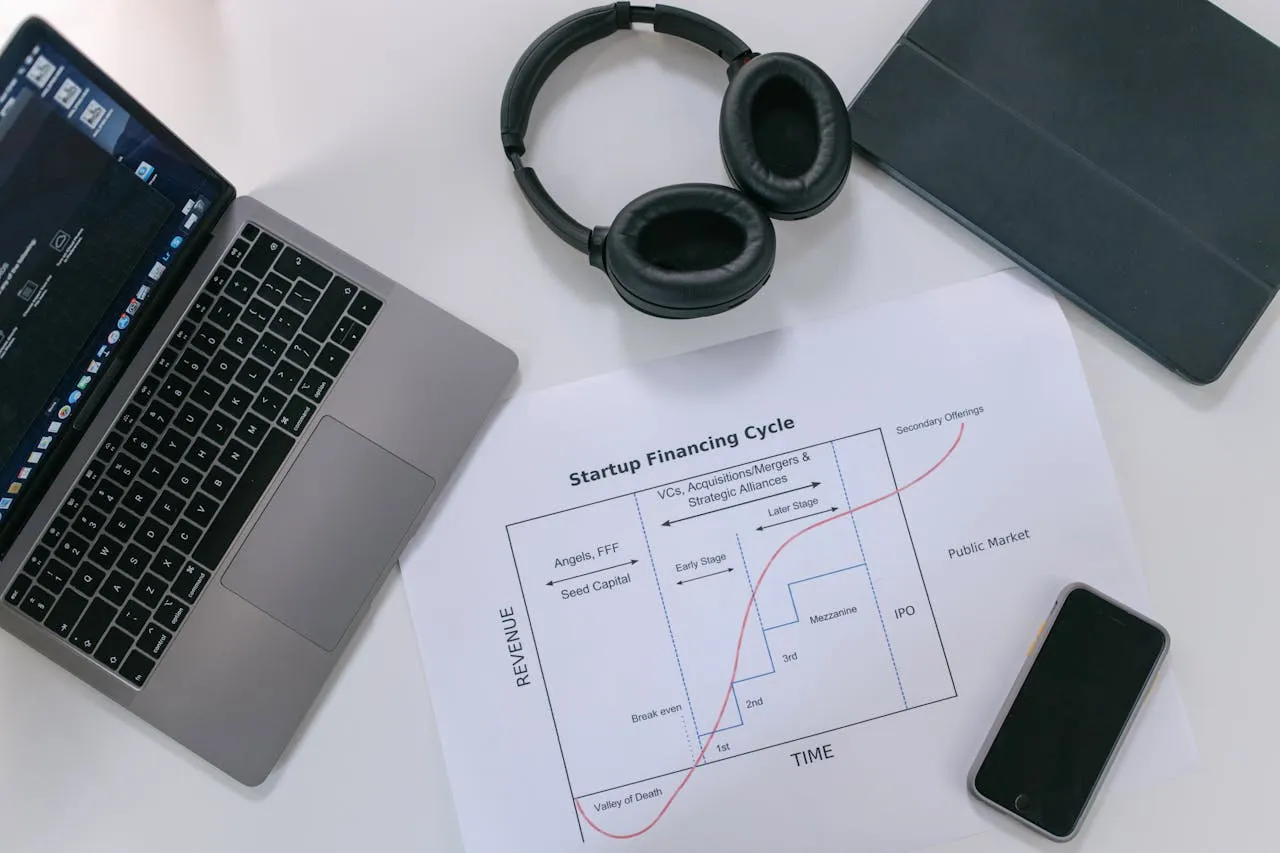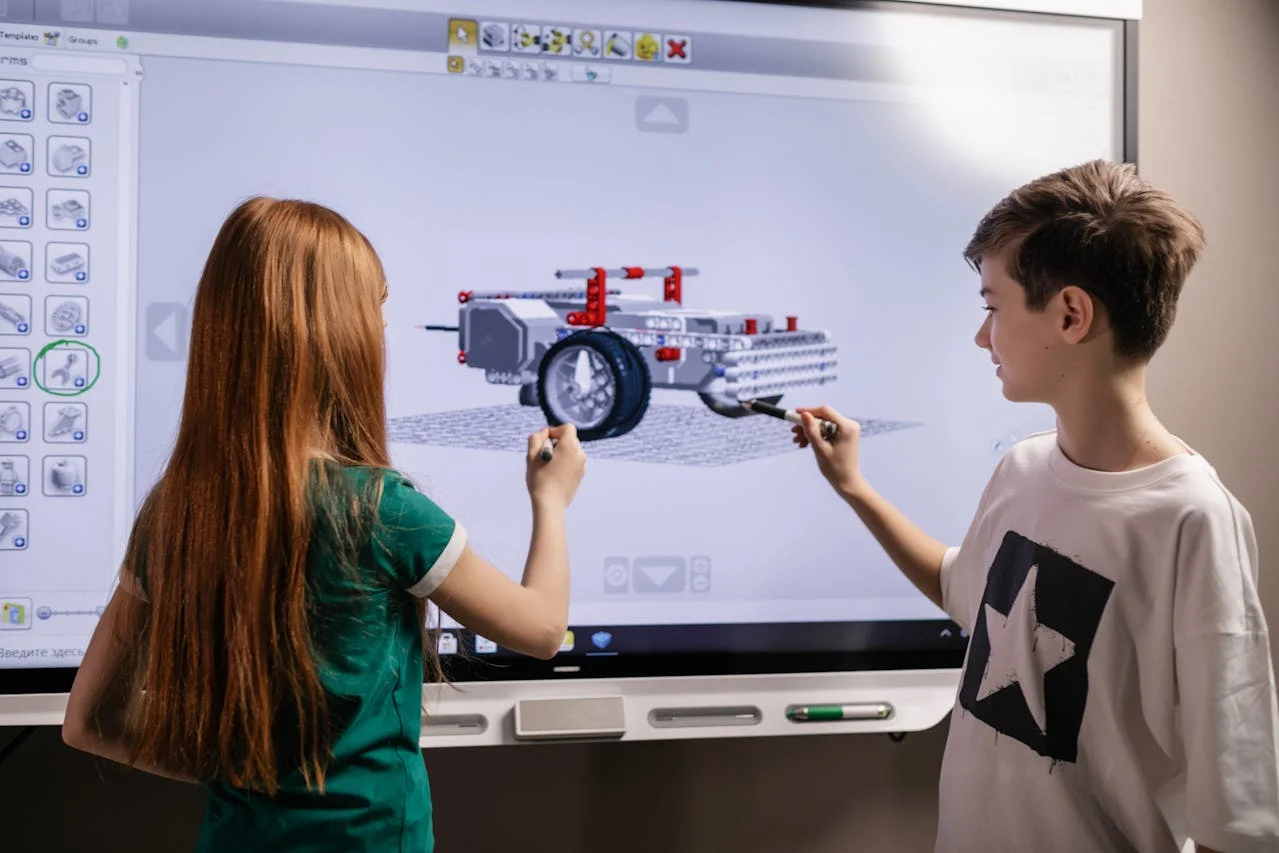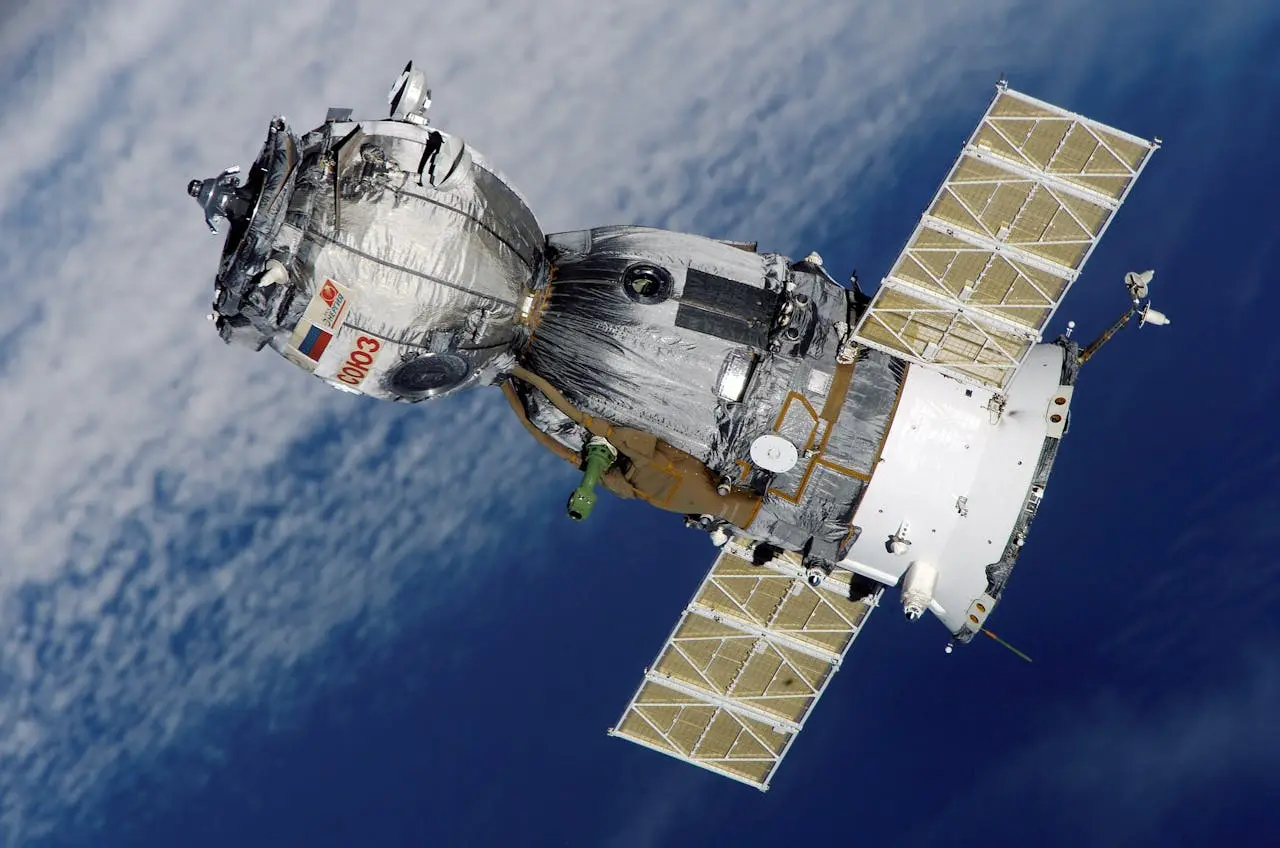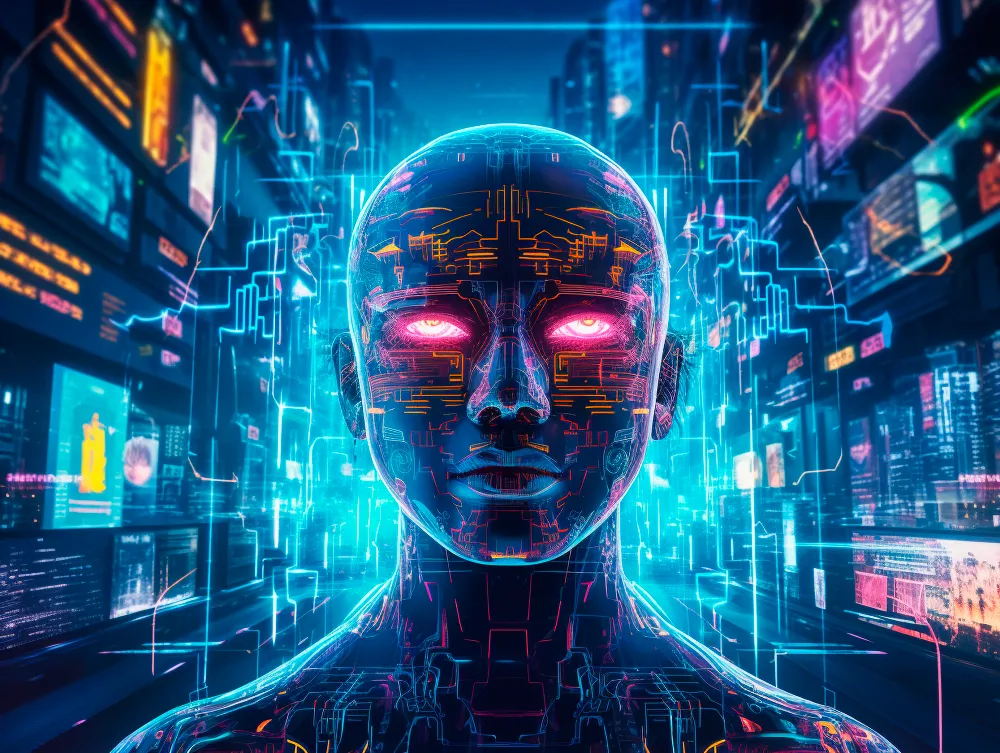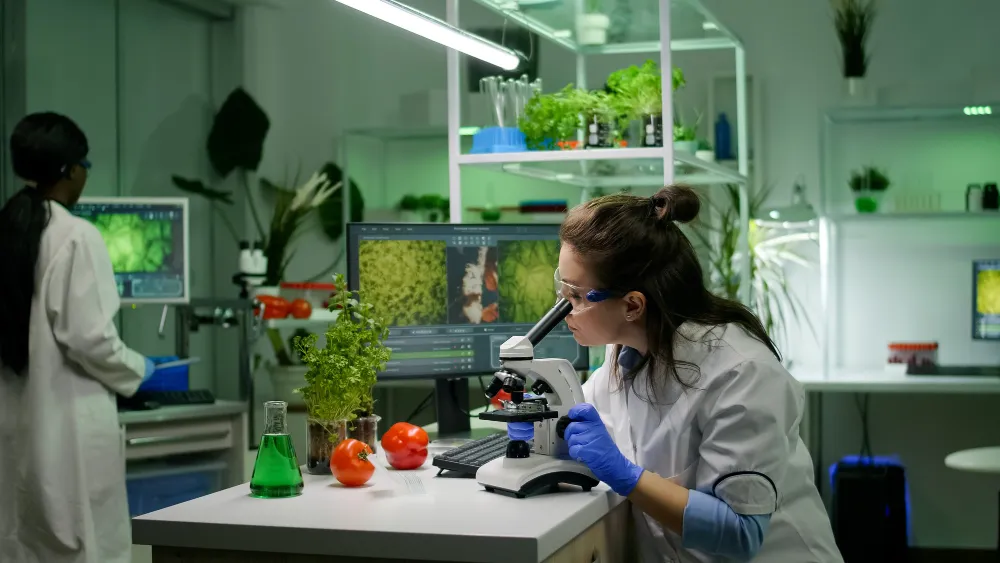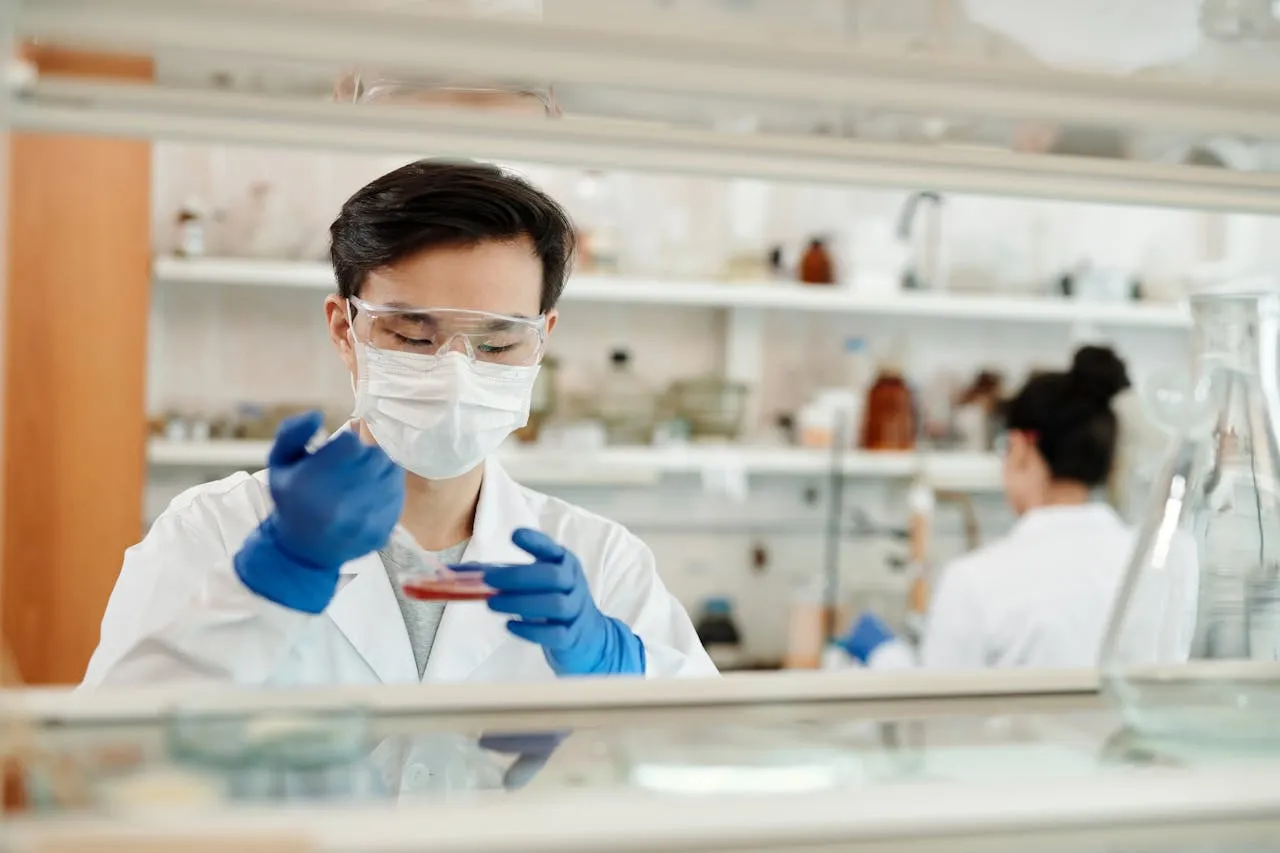Robotics is a field that has rapidly evolved over the past few decades, transforming from a niche area of research into a cornerstone of modern technology. This transformative journey is not only reshaping industries but also redefining the way we interact with technology in our daily lives. From automation in manufacturing to advancements in artificial intelligence, robotics continues to push the boundaries of what is possible.
The Evolution and Impact of Robotics: Shaping the Future of Technology
Robotics is a field that has rapidly evolved over the past few decades, transforming from a niche area of research into a cornerstone of modern technology. This transformative journey is not only reshaping industries but also redefining the way we interact with technology in our daily lives. From automation in manufacturing to advancements in artificial intelligence, robotics continues to push the boundaries of what is possible.
The Evolution of Robotics
The history of robotics dates back to ancient times, with early automatons and mechanical devices designed to perform specific tasks. However, it wasn’t until the mid-20th century that robotics began to take its modern form. The development of the first industrial robot, Unimate, in the 1960s marked a significant milestone. Unimate was used for tasks like welding and assembly in automotive manufacturing, showcasing the potential of robots to enhance efficiency and precision in industrial settings.
Over the following decades, advancements in computing power, sensors, and materials science have driven the evolution of robotics. The integration of artificial intelligence (AI) has enabled robots to perform increasingly complex tasks, from autonomous navigation in vehicles to sophisticated data analysis. Robotics has also diversified into various sectors, including healthcare, agriculture, and consumer electronics, demonstrating its wide-ranging impact.
Applications of Robotics
Robotics has made substantial contributions to numerous fields, revolutionizing how tasks are performed and services are delivered. In healthcare, surgical robots such as the da Vinci Surgical System allow for minimally invasive procedures with enhanced precision and control. These robots have transformed surgeries, reducing recovery times and improving patient outcomes.
In agriculture, robots are being used to automate tasks such as planting, harvesting, and monitoring crops. Autonomous tractors and drones equipped with sensors can analyze soil conditions, optimize planting patterns, and detect diseases, leading to more efficient and sustainable farming practices.
Consumer robotics has also seen significant growth, with robots like the Roomba vacuum cleaner becoming household staples. These robots automate routine chores, offering convenience and freeing up time for individuals.
The Future of Robotics
The future of robotics holds exciting possibilities as advancements continue to unfold. One key area of development is collaborative robotics, where robots work alongside humans in shared environments. These collaborative robots, or cobots, are designed to be safe and easy to interact with, making them ideal for tasks that require human-robot cooperation.
Another promising area is the integration of robotics with artificial intelligence and machine learning. AI-powered robots can learn from their experiences and adapt to new situations, enhancing their ability to perform complex tasks and interact with humans in more natural ways.
Additionally, advancements in soft robotics are opening new frontiers. Soft robots, made from flexible materials, are capable of mimicking the adaptability and dexterity of biological organisms. These robots have potential applications in delicate tasks such as handling fragile objects or exploring hazardous environments.
Challenges and Considerations
Despite its potential, robotics also presents challenges. Ensuring safety and reliability in robotic systems is crucial, particularly in applications involving human interaction. Ethical considerations, such as the impact of automation on employment and privacy, must also be addressed as robots become more prevalent in various sectors.
Conclusion
Robotics has undergone remarkable evolution, from early mechanical devices to sophisticated systems capable of performing a wide array of tasks. Its applications span across industries, enhancing efficiency, precision, and convenience. As technology continues to advance, the future of robotics promises even greater innovations, shaping the way we live and work. The ongoing development in robotics not only highlights its transformative potential but also underscores the importance of addressing associated challenges to fully harness its benefits.








